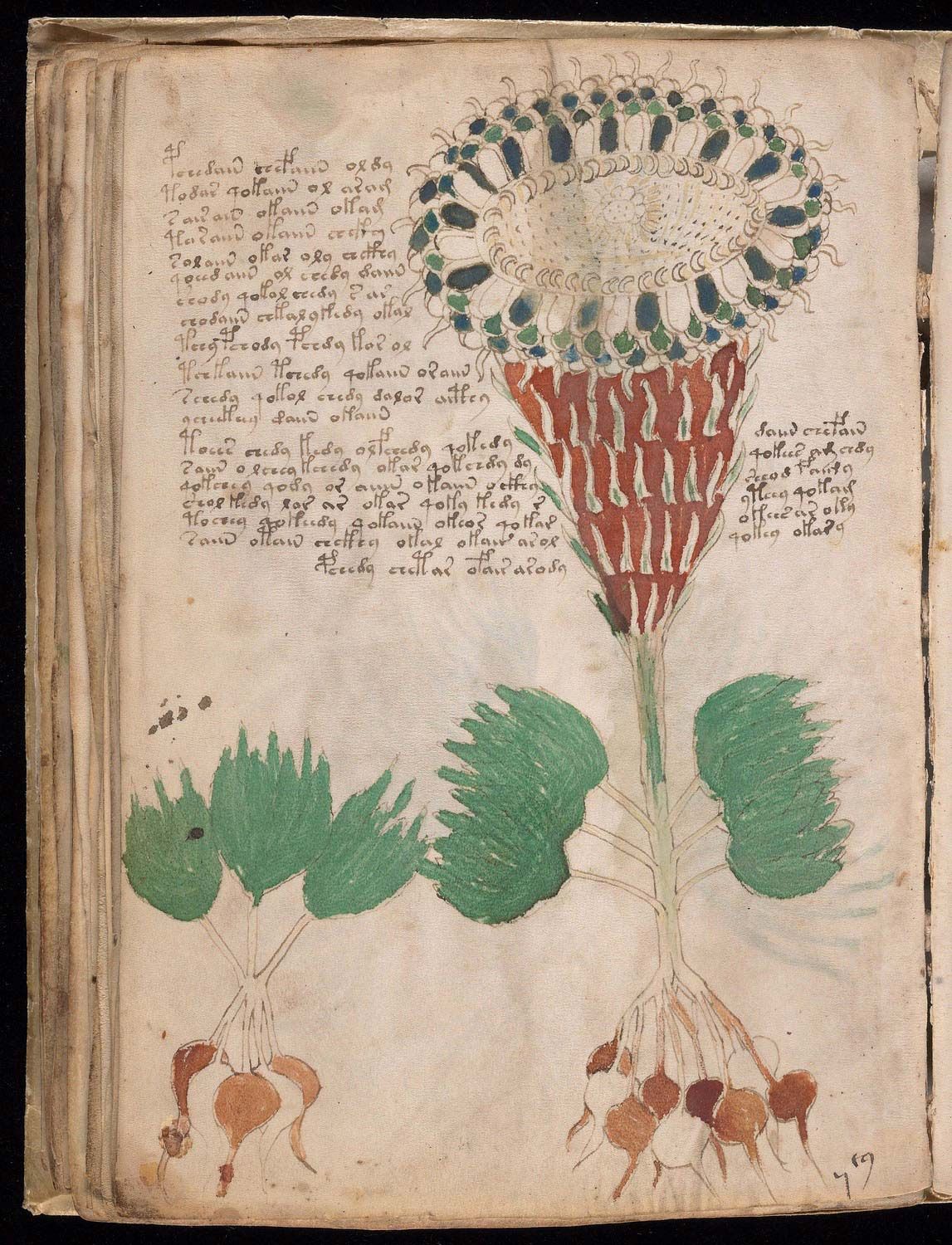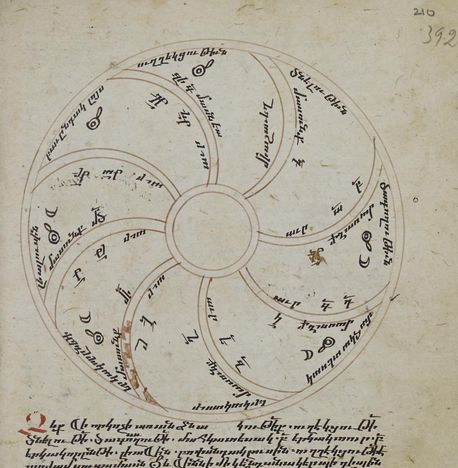The Voynich Manuscript stands as one of history’s most perplexing puzzles, a 15th-century document that has confounded scholars and researchers for generations. Imagine a book so bizarre that it defies conventional understanding—its pages filled with strange illustrations, written in an unknown script that has resisted all attempts at decipherment. This mysterious codex represents more than just an ancient text; it’s a testament to human curiosity and the enduring allure of unsolved mysteries.
Scholars have long been captivated by the manuscript’s intricate details and cryptic nature. The text, composed of approximately 30 distinct characters, remains an impenetrable linguistic challenge that has sparked countless theories and investigations. Its very existence challenges our understanding of medieval communication and knowledge preservation.

A page from the mysterious Voynich Manuscript showing its unique script and illustrations. Credit: Wikimedia Commons
The manuscript’s illustrations are nothing short of extraordinary. Bizarre botanical drawings depict plants that do not exist in any known botanical record, challenging researchers’ understanding of medieval scientific documentation. These surreal images are accompanied by intricate astronomical charts and peculiar illustrations of naked figures, creating a visual landscape that is simultaneously fascinating and bewildering.

Mysterious botanical illustrations from the Voynich Manuscript. Credit: Britannica
Each page seems to tell a story that remains just beyond our comprehension. The non-existent plants, rendered with remarkable detail, suggest either an incredible imagination or a hidden knowledge system that has been lost to time. These visual elements have fueled numerous speculative theories about the manuscript’s origin and purpose.
Numerous theories have emerged attempting to explain the manuscript’s origins. Some researchers propose that the famous scholar Roger Bacon might have been responsible for its creation, while more imaginative theories suggest extraterrestrial involvement or an entirely unknown civilization. The possibility of the manuscript being an elaborate hoax has also been extensively discussed.

Intricate astronomical diagrams from the manuscript. Credit: Voynich.nu
In recent years, cutting-edge technologies have been deployed in attempts to crack the manuscript’s code. Advanced AI algorithms and sophisticated statistical analysis techniques have been applied, hoping to unlock the secrets hidden within its pages. Despite these modern approaches, the text remains stubbornly undeciphered.
A fascinating recent theory suggests that the Voynich Manuscript might be a comprehensive compendium of women’s health and herbal remedies. This perspective frames the document not just as a mysterious text, but potentially as a critical historical record of medieval women’s medical knowledge.
References:
Voynich MS – Analysis of the illustrations – link
Voynich manuscript | Medieval Ciphertext – link
Voynich manuscript – Wikipedia – link
Categories: Ancient Manuscripts, Cryptography, Historical Mysteries, Medieval History, Unsolved Mysteries
Tags: Ancient Codes, Ancient Manuscripts, Cryptography, Historical Enigma, Medieval History, Medieval Mystery, unsolved mysteries, Voynich Manuscript
Religion: Unknown
Country of Origin: United Kingdom
Topic: Historical Mystery
Ethnicity: European

